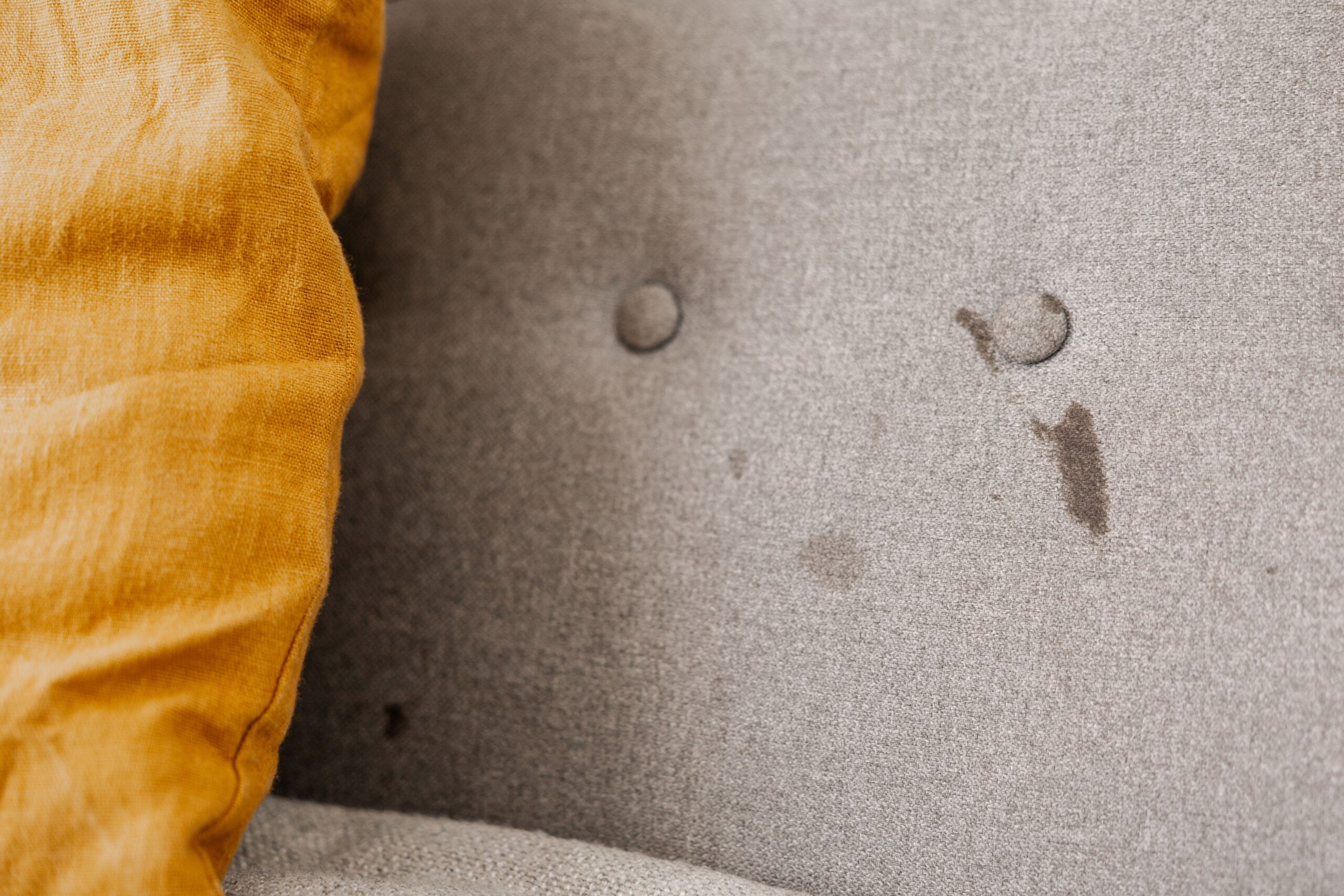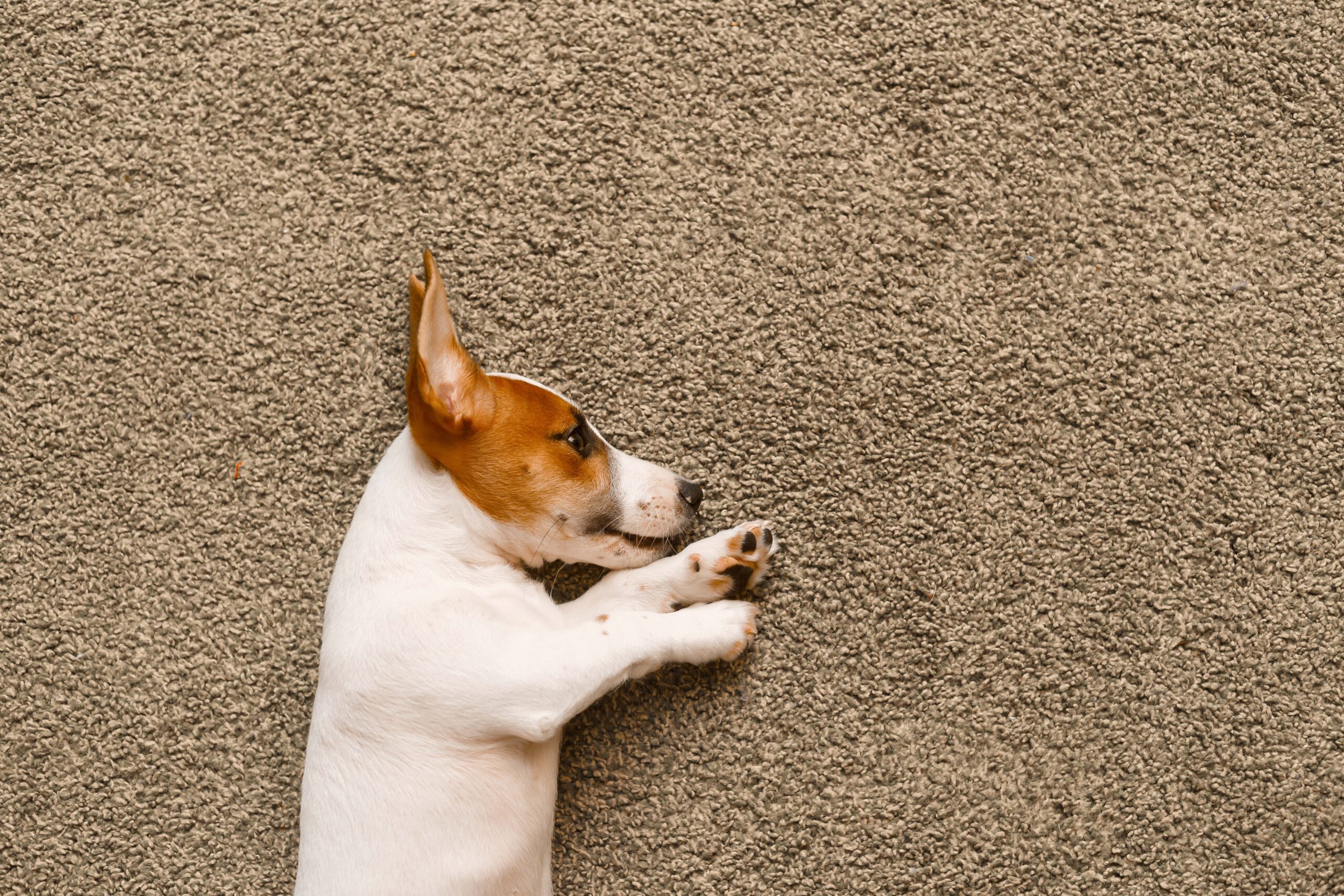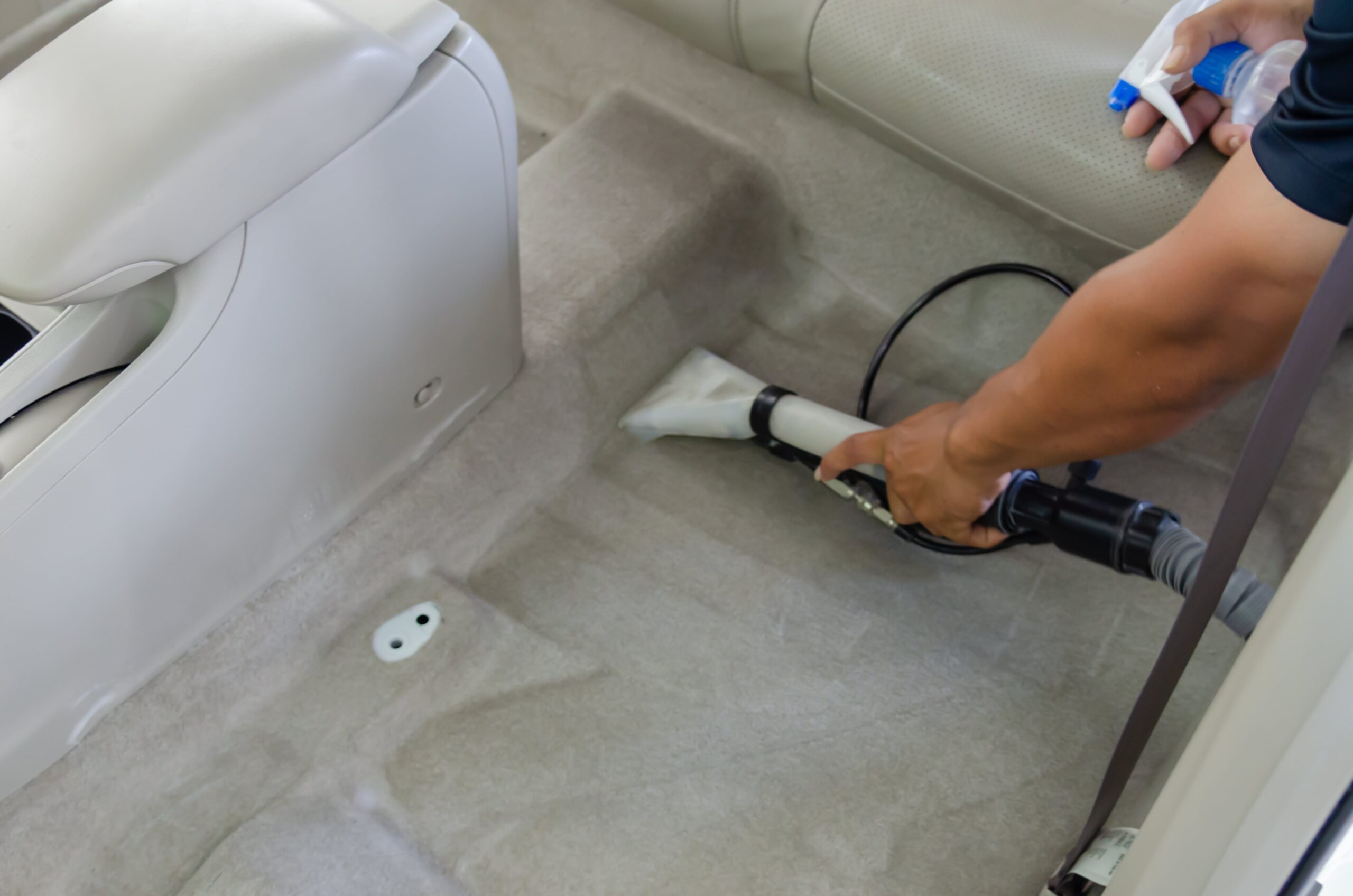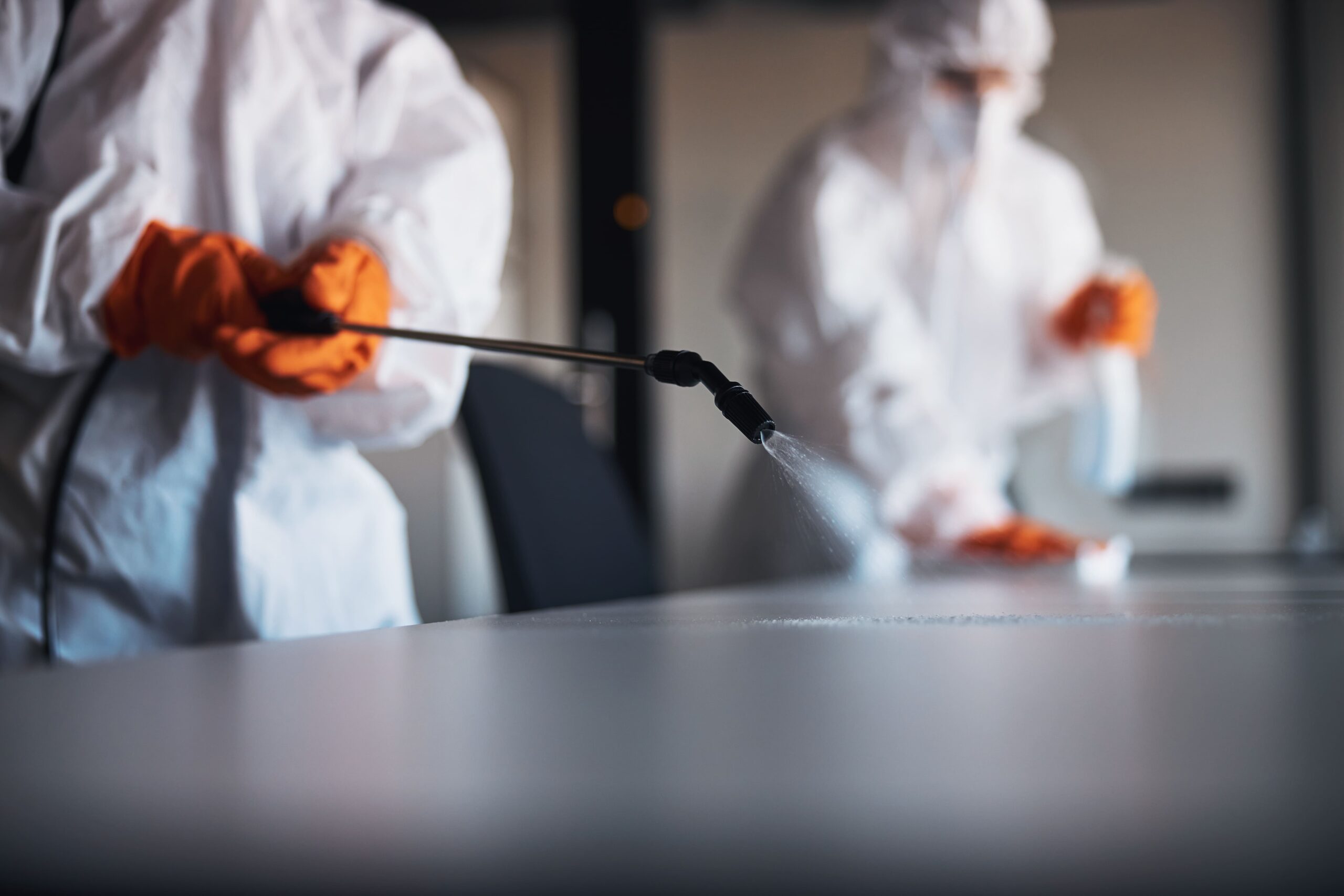Introduction
In a world where nature’s beauty meets everyday living, the battle against water stains has never been more critical. Whether it’s the pristine glass surfaces of our homes or the sleek exteriors of our vehicles, water stains can mar the elegance and vitality of our surroundings. Fear not, for this comprehensive guide is your key to mastering the art of water stain protection. From understanding the science behind these blemishes to implementing effective prevention strategies, we unravel the secrets to keep your cherished spaces unblemished by water’s touch.

The Science Behind Water Stains
Water stains occur when mineral-rich water droplets evaporate, leaving behind unsightly residues. This phenomenon is common in regions with hard water, characterized by high mineral content. When water comes into contact with surfaces, such as glass, stone, or metal, minerals like calcium and magnesium are left behind as water evaporates. Over time, these mineral deposits accumulate, forming stubborn water stains.
Strategies for Effective Water Stain Protection
- Surface Sealing: Applying protective coatings or sealants creates a barrier that repels water and prevents minerals from adhering to surfaces. Regular reapplication can maintain the integrity of the seal and ensure continuous protection.
- Regular Cleaning: Frequent cleaning with mild detergents or specially formulated water stain removers can prevent mineral buildup. Swiftly wiping away water droplets before they evaporate is crucial in minimizing stains.
- Microfiber Magic: Utilize microfiber cloths or towels to absorb water droplets without leaving behind lint or residue. Their absorbent and non-abrasive properties make them ideal for preventing water stains.
- Water Softening: Installing water softeners reduces the mineral content in water, significantly lowering the likelihood of water stains. Softened water is gentler on surfaces and less prone to leaving deposits.
- Preventative Measures: Placing absorbent mats or coasters under objects prone to water droplets can intercept water before it comes into contact with surfaces. This proactive step can prevent stains from taking root.
Benefits Beyond Aesthetics
Water stain protection not only preserves the visual appeal of your surroundings but also offers additional benefits:
- Extended Lifespan: Protected surfaces are less susceptible to corrosion, deterioration, or etching, thus prolonging their longevity.
- Effortless Maintenance: A protected surface is easier to clean, requiring less effort and cleaning agents.
- Hygiene Enhancement: Minimized mineral deposits discourage the growth of mold or bacteria, promoting a healthier environment.
Summary
Defying the elements and thwarting water stains requires a combination of understanding the science behind them and implementing effective strategies. With the insights from this ultimate guide, you hold the key to safeguarding your living spaces and cherished possessions. Embrace the knowledge, adopt the tactics, and enjoy the beauty of an unblemished world, where water’s touch leaves no mark behind.
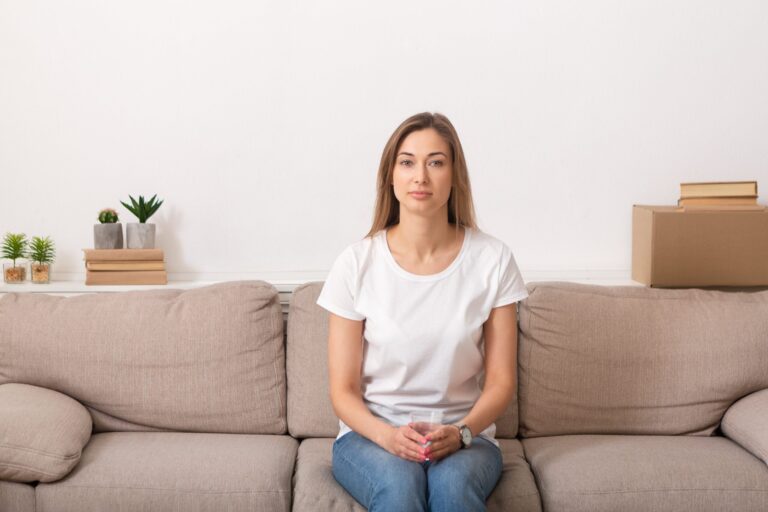
A Successful Method for Removing Water Stains
The Magic Elixir: Vinegar and Baking Soda
The magical combination of vinegar and baking soda emerges as a powerhouse duo in the battle against water stains. This natural and cost-effective method offers a gentle yet effective solution for various surfaces.
Step 1: Gather Your Tools
- White vinegar
- Baking soda
- Microfiber cloth or soft sponge
- Water in a spray bottle
Step 2: Create a Cleaning Paste
- In a small bowl, mix baking soda with water to form a paste with a toothpaste-like consistency.
Step 3: Pre-Treat the Area
- Moisten the stained area with water.
- Gently rub the baking soda paste onto the stain using a microfiber cloth or sponge.
Step 4: Apply the Vinegar Solution
- Fill a spray bottle with equal parts of white vinegar and water.
- Lightly mist the stained area with the vinegar solution.
Step 5: Let Chemistry Work Its Magic
- As the vinegar reacts with the baking soda, you’ll notice a fizzing reaction – a sign that the solution is working to break down the mineral deposits causing the stain.
- Allow the mixture to sit for 5-10 minutes, letting the chemical reaction do its job.
Step 6: Gently Scrub and Wipe
- After the solution has had time to work, use a microfiber cloth or sponge to gently scrub the stained area.
- Wipe away the residue, being mindful not to damage the surface.
Step 7: Rinse and Dry
- Rinse the area with clean water to remove any remaining vinegar or baking soda.
- Pat the surface dry with a clean, dry cloth.
Dealing with a stubborn water stain on your furniture in NY? Let us take care of it – your stain worries are our expertise.
With years of experience in tackling even the toughest stains, we’re your go-to team for flawless water stain removal. Say goodbye to unsightly marks on your furniture, and hello to a refreshed and revitalized space. Contact us today to experience the difference.

